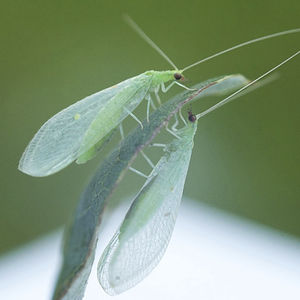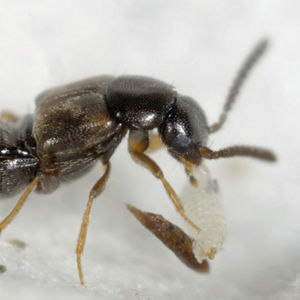
- Seeds and crop inputs
- Crop input
- Against mites mite
- Beneficial Insectary Inc

- Products
- Catalogs
- News & Trends
- Exhibitions
Against mites mite FALLACISforce™adult


Add to favorites
Compare this product
Characteristics
- Target
- against mites
- Other characteristics
- adult
Description
Neoseiulus (=Amblyseius) fallacis, the All-Purpose predatory mite, is used for the prevention, control, and management of various spider mites. These mites are voracious predators of several pestiferous spider mite species.
N. fallacis can prevent and control a number pest mites in a multitude of conditions. Some of the species they can impact include: the two-spotted mite (Tetranychus urticae); the carmine red mite (T. cinnabarinus); a two-spotted mite relative (T. evansi); the European red mite (Panonychus ulmi); the citrus red mite (P. citri); the southern red mite (Oligonychus ilicis); the six-spotted mite (Eotetranychus sexmaculatus); the Pacific mite (T. pacificus). Moreover, these predators may offer some control of the privet mite (B. obovatus), cyclamen mites (Phtyodromus pallidus), broad mites (Polyphagotarsenomus latus) and tomato russet mites (Aculops lycopersici), and other species.
Benefits
These mites will feed at temperatures as low as 35°F and as high as 100°F. However, at the low-end of the scale (less than 50°F), they won’t reproduce, and at the high-end they need very humid conditions to work with any efficiency. Preventive releases are very cost-effective and useful, especially when pollen and sheltering groundcover are present. Spring release are the obvious time that preventive releases can be made. However, under many circumstances, fall releases will also work well with this mite in the name of prevention. This is especially true on strawberries.
*Prices are pre-tax. They exclude delivery charges and customs duties and do not include additional charges for installation or activation options. Prices are indicative only and may vary by country, with changes to the cost of raw materials and exchange rates.





